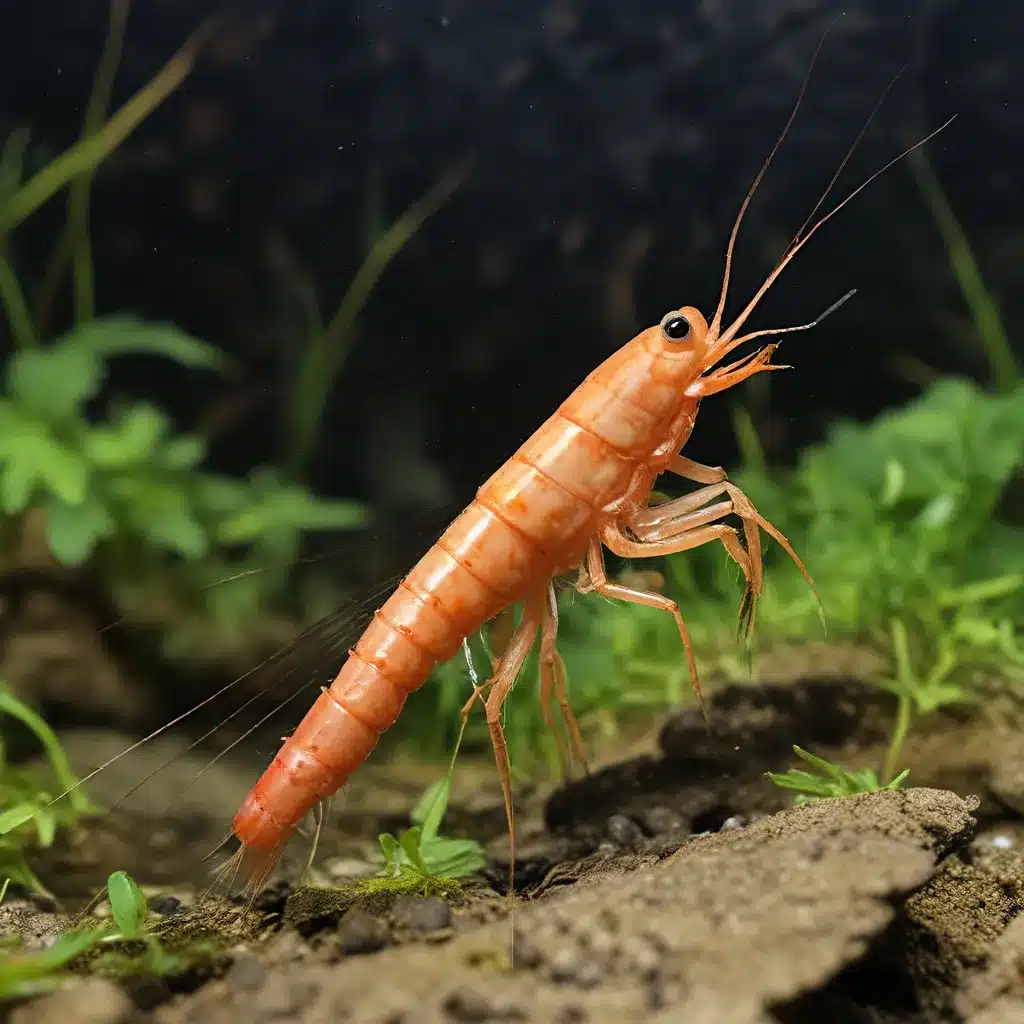
Unlocking the Secrets of Shrimp Breeding
Breeding freshwater shrimp can be a rewarding and captivating experience for aquarium enthusiasts. These tiny crustaceans not only add visual interest to any aquatic setup but also play a crucial role in maintaining a healthy ecosystem. Whether you’re a seasoned aquarist or a newcomer to the hobby, mastering the art of shrimp breeding can open up a world of possibilities.
In this comprehensive guide, we’ll delve into the intricacies of breeding popular species like Red Cherry Shrimp, exploring the key factors that contribute to successful reproduction. From inducing breeding to caring for the young, we’ll provide you with the essential knowledge and practical tips to ensure a thriving shrimp population in your aquarium.
Inducing Breeding: The Crucial First Step
The first step in successful shrimp breeding is understanding the factors that trigger their reproductive cycle. One of the most important considerations is maintaining stable water parameters. Shrimp, particularly Neocaridina species like Red Cherry Shrimp, thrive in a pH range of 6.5-8.0 and a temperature between 70-80°F. Ensuring consistent water conditions is crucial, as fluctuations can disrupt the shrimp’s breeding behavior.
Another key factor is the presence of a well-balanced diet. While shrimp will readily consume the natural algae and biofilm present in a healthy aquarium, providing supplemental feeding with blanched vegetables, algae wafers, or specialized shrimp foods can help support their nutritional needs and promote breeding. By catering to their dietary requirements, you’ll create an environment that encourages successful reproduction.
Breeding Behavior and Egg Carrying
Once the water parameters and feeding regime are optimized, it’s time to focus on the actual breeding process. Shrimp, including Red Cherry Shrimp, exhibit distinct sexual characteristics that can help you identify the male and female individuals. Males are typically smaller and less colorful, while females often display a distinctive “saddle” or yellow patch, which is the sign of developing eggs.
When a female shrimp is ready to breed, she will release pheromones into the water, signaling her receptiveness to the male. The male, in turn, will actively search for the female, and the mating process will commence. During this time, the female will shed her exoskeleton, a process known as molting, making her more vulnerable. The male will then deposit his sperm onto the female’s abdomen, and the fertilized eggs will be carried underneath her tail, a state known as being “berried.”
Caring for the Young Shrimp
The final, and perhaps the most crucial, stage of successful shrimp breeding is the care and nurturing of the young. Once the eggs hatch, the tiny shrimp larvae are exact replicas of their adult counterparts, with no distinct larval stage. These delicate juveniles require a protected environment, free from predation, to ensure their survival and healthy development.
Providing ample hiding spaces within the aquarium, such as dense live plants like Java Moss or Christmas Moss, can increase the chances of young shrimp reaching adulthood. These slow-growing plants not only offer shelter but also harbor a wealth of microfauna, providing a natural food source for the growing shrimp.
In addition to creating a shrimp-friendly environment, it’s essential to monitor the water quality and maintain optimal conditions. Regular water changes, efficient filtration, and vigilant testing for ammonia, nitrites, and nitrates are crucial to supporting the delicate young shrimp.
Unlocking the Rewards of Shrimp Breeding
Mastering the art of shrimp breeding can be a deeply rewarding experience, allowing you to witness the incredible life cycle of these fascinating crustaceans. By understanding the key factors that contribute to successful reproduction, you can create a thriving shrimp colony in your own aquarium, adding a captivating and vibrant element to your aquarium setup.
Whether you’re captivated by the vibrant colors of Red Cherry Shrimp or intrigued by the unique behaviors of other freshwater shrimp species, diving into the world of shrimp breeding can open up a new realm of aquarium keeping. With patience, dedication, and the insights provided in this guide, you’ll be well on your way to becoming a shrimp breeding expert, fostering a healthy and sustainable population in your aquatic oasis.

